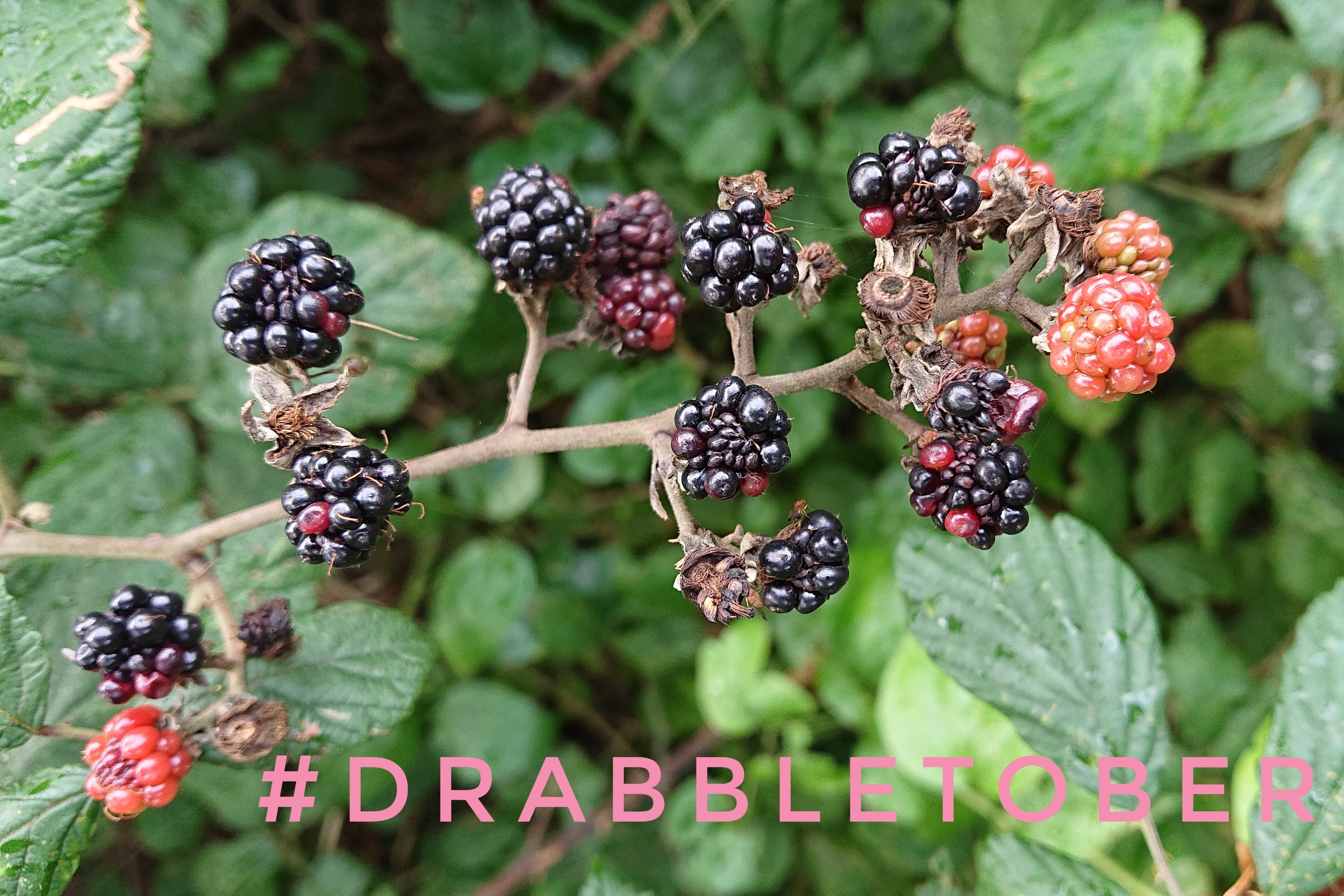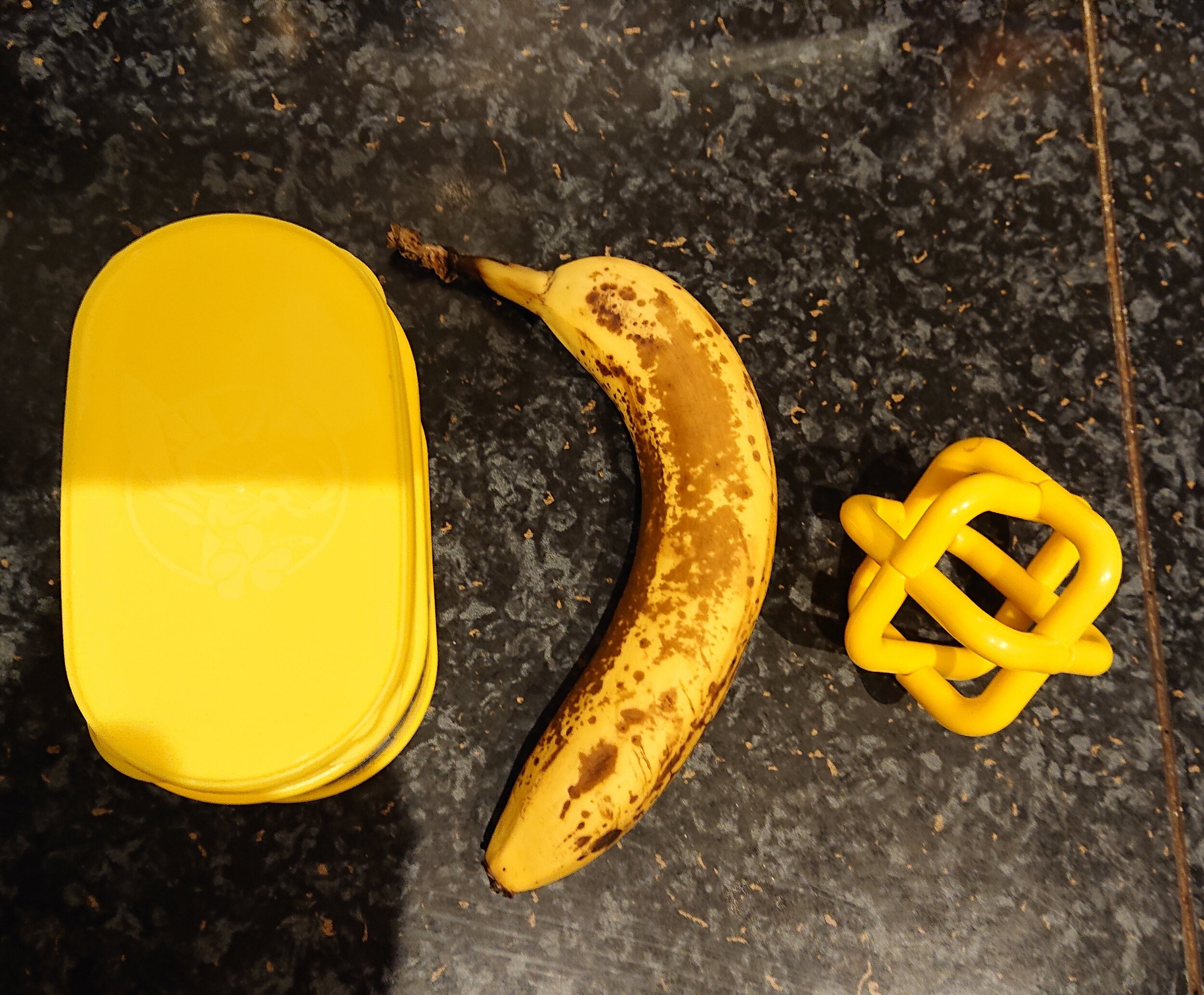Earlier this month, I headed off to Derby for the UK Ghost Story Festival. It’s a three-day event of talks, panels and workshops held in the Museum of Making. By the standards of conventions, it’s relatively small, extremely friendly, and a great opportunity to spend a weekend thinking about writing, reading and ghosts. The Museum itself is well worth a visit in its own right, and the way in which some of the exhibits are displayed is excellent for provoking ideas about haunted objects.
One of the things I enjoyed most this year was hearing about the huge variety of things “a ghost” in a story can be. Sure, a spectral Victorian gentleman rattling chains is totally an option, but there’s a whole landscape of different approaches. Your story might be haunted by something intangible, or by the ghost of an object, or a place. Your ghost might be a way of describing psychological disturbance, or embodying loneliness, or a metaphor for trauma. It might be something that appears completely mundane and solid, in the moment, or might be simply a lingering ambiguity in the story.
You might remember that, in October, I spent a month writing and posting a drabble every day. When Drabbletober came to an end, some lovely friends of mine decided to keep it up, and we’ve had a little chat group going through Drabblevember, Drabblecember, and the less lovable-sounding Drabblanuary. At the start of this month, we realised that (a) everyone had taken a turn already, and (b) no one had the least idea how to make the February portmanteau work decently.
However, having a supportive environment to share things in is a very joyful thing, so we have moved to a less-rigid system for sharing small, creative works. In the run up to the Ghost Story Festival, I decided my works would all be ghost-related. I also decided to try and make as few of them as possible be “just” writing - writing is what I do, and the idea was to challenge myself to do something different. Having even the gentle deadline of some people expecting to see something every day pushed me into following through - why is why small groups of supportive friends are such excellent things!
At the start of the week, I had a miserable cold, and was not feeling on any kind of creative form - so I fell back on redaction, and butchered a Wikipedia article.
I’m not sure that it results in the most exciting end-product, but redaction is surprisingly fun to do. I think I first tried it out last year sometime, when I saw a challenge on Twitter to create poetry from rejection letters.
If you’ve never done it, it’s definitely a very entertaining exercise. Pick something, and get crossing out. It’s a great way to work through your feelings about boring administrative post, for example!
I had an idea for a small cartoon later in the week. I’m not sure I’ve ever tried to draw a cartoon (or, at least, not since I was at junior school) and I ran into a few issues. Some were expected: my drawing isn’t that great, and it took a long while studying line drawings of sheet-ghosts on t’internet before I could produce anything that looked even remotely plausible on the page.
Fitting a story into 6 panels also takes rather more planning than I’d expected. It wasn’t a terribly complex plot, as you can tell, but it still took me several goes to decide exactly what happened in which panel. It is very disappointing to me - as a rather slapdash, hurl-myself-into-it, sort of person - that almost every creative endeavour seems to be improved by more planning upfront.
Finally, having drawn my panel out in a reasonably large sketchbook, the paper was too big to fit in the scanner - so I had to photograph it. It’s always much more difficult to photograph something with straight edges and get it bang on than I expect. (As you can see, I didn’t quite manage it…)
And then I hit my final problem: once the cartoon was scaled down to viewing-on-a-phone size, the lettering was far too small to read. I’d written the “dialogue” in fairly large printing, but each panel was originally 3” square. At the size you’re likely viewing it now, it was extremely unreadable. Cue a lot of rubbing-out, and attempting to fit larger lettering into the space available! I’ve always been a little surprised that lettering is a specific job (distinct from writing, and drawing) in comic-world, but even something this basic was considerably more difficult than expected.
It’s only now that I’m considering that I really ought to have titled this cartoon “Scared, Sheetless”.
A Short Meditation on Domestic Horror
Filed under “daft ideas”, I made a short video just before I hopped on a train up to Derby.
It was hastily edited, on a mobile, on the train. The default video-editor on Android is horrible, and during the whole journey I never seemed to hit enough mobile signal to download a better one. I figured I’d break out my laptop and go full-hog with the video-editing software I’ve got there… but Adobe (in their wisdom) refuse to run the software without being able to check that the licence is valid. Which mine is. But that fact cannot be ascertained without… of course, enough mobile signal to communicate with the mothership.
Still, the video actually came out rather better than I’d hoped.
My final ghost artwork for the week was courtesy of an act of travel-failure which left me sitting at a very minor edge-of-London railway station for fifty minutes. The failure was a combined effort: Transport for London had shut large chunks of useful railway line for maintenance, but I had also failed to read the timetable properly and realise that my options were limited to one-per-hour and I really needed to get a move on and get to the station slightly earlier.
Anyway, since the platform was all-but-abandoned, I thought I’d take the opportunity to do a spot of ghost-hunting. Would you believe, I found one almost straight away…
London is a city with a lot of history, so is pretty thoroughly haunted, but even I didn’t expect to have quite such good luck on my first venture. And in almost-broad-daylight, too!











